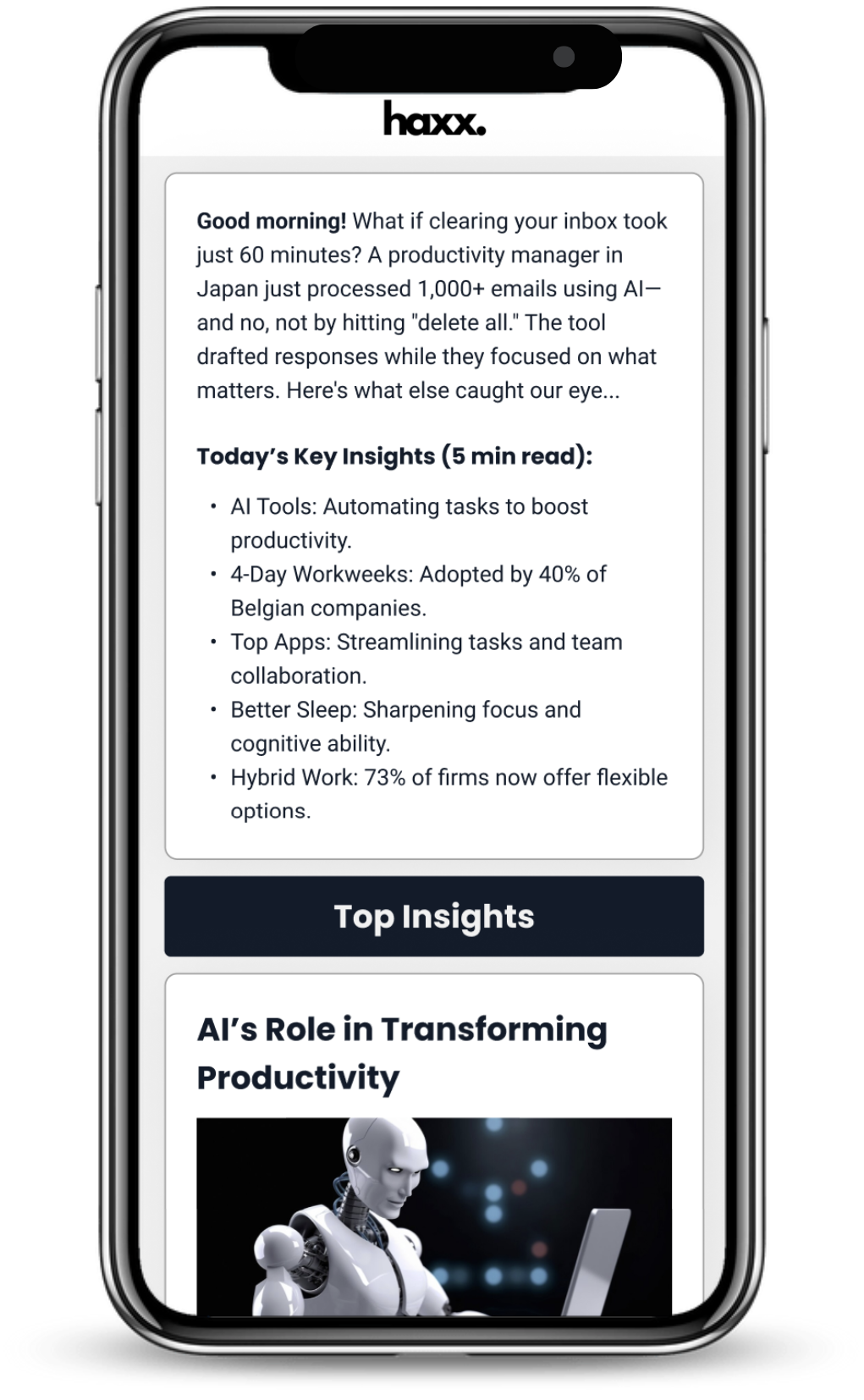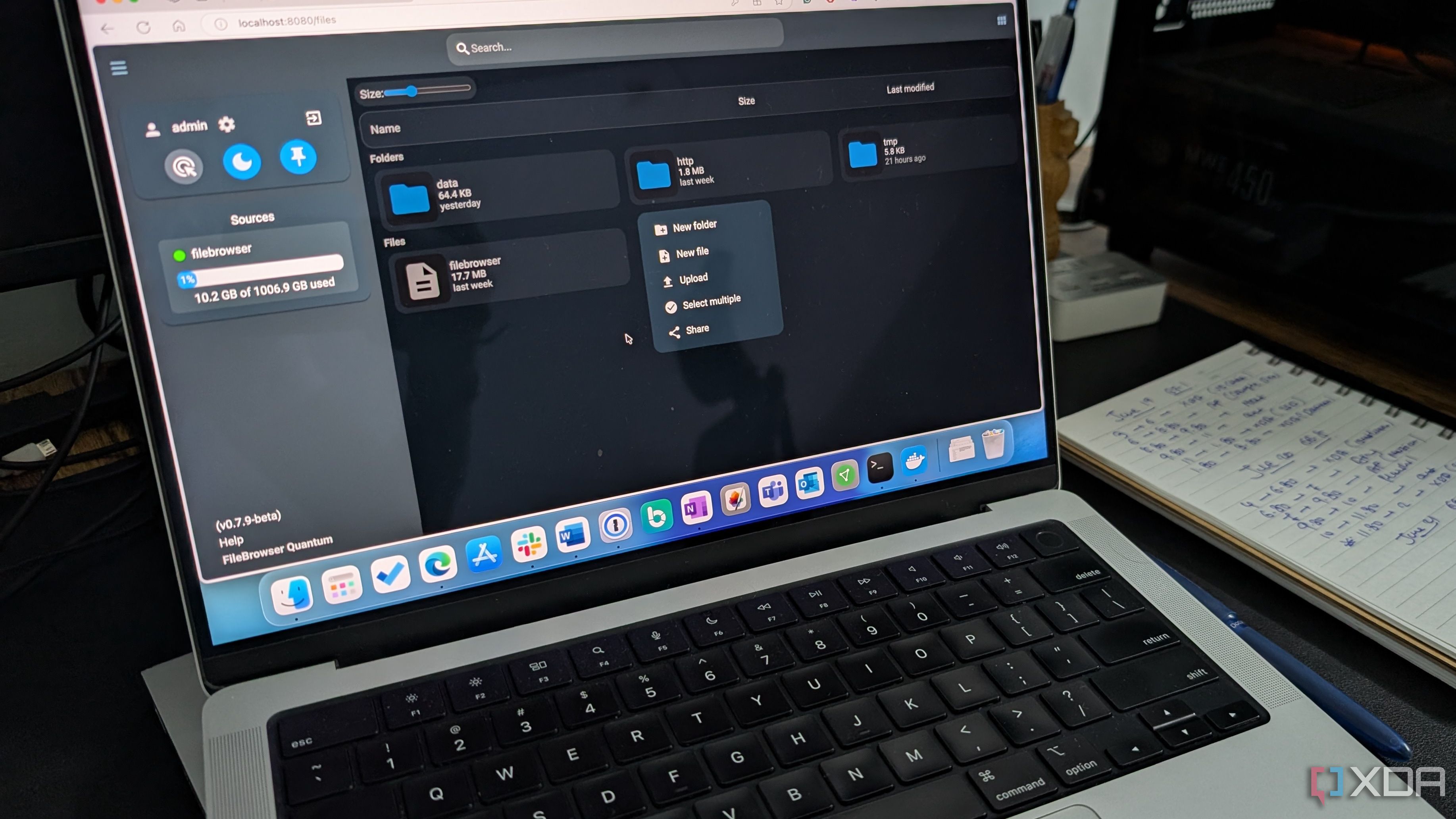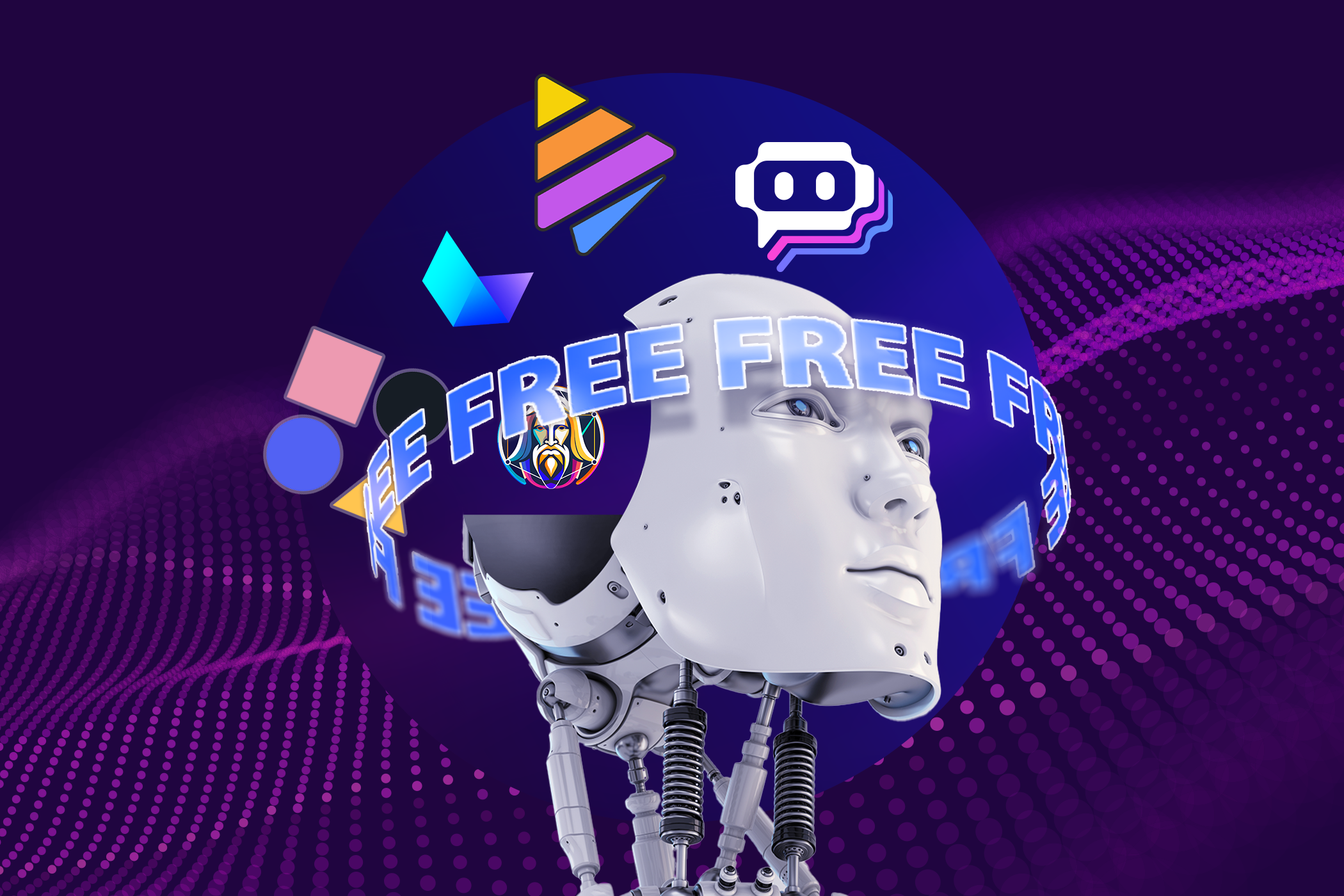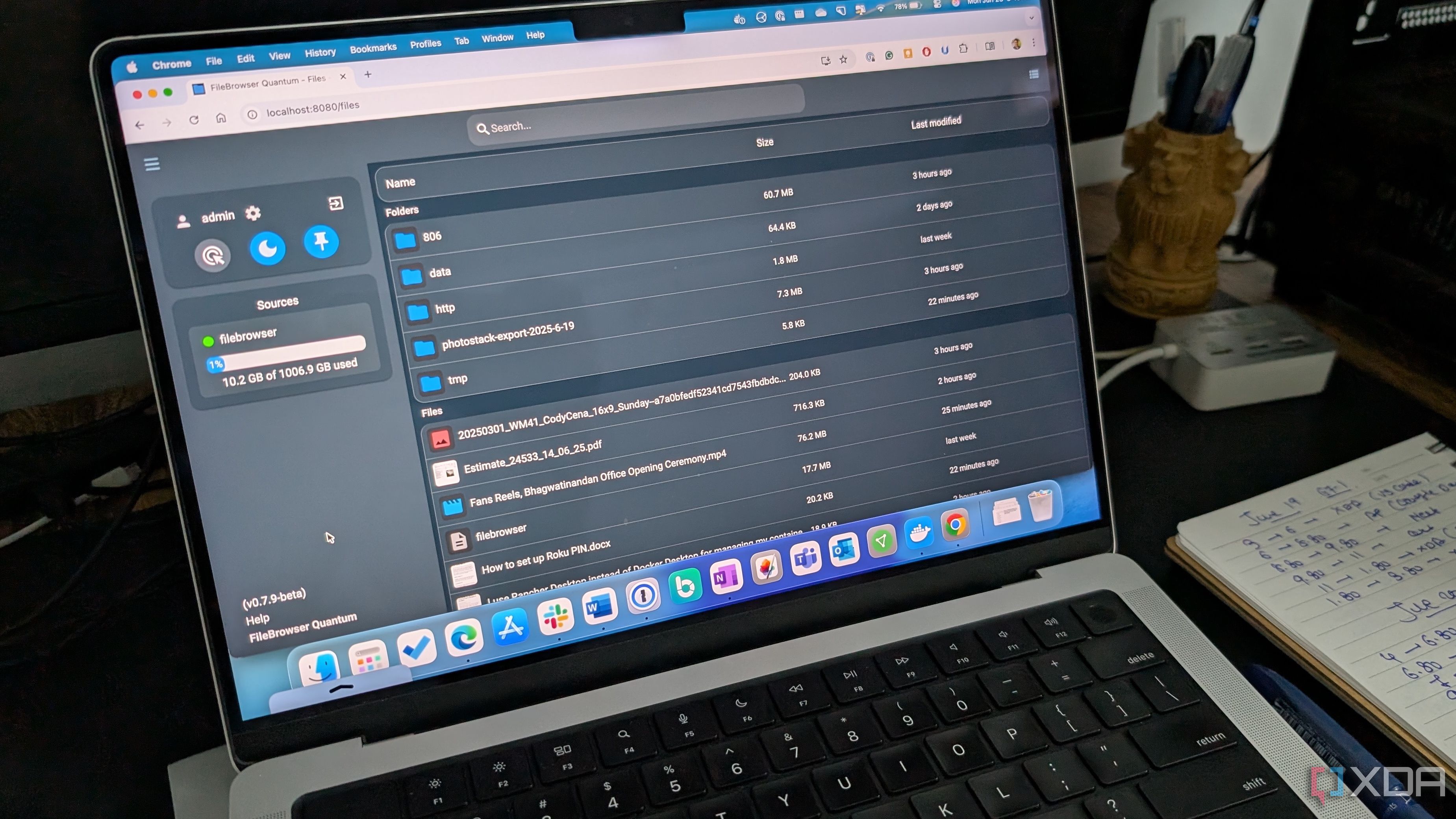


The way we approach time management is shifting rapidly as artificial intelligence seeps into everyday productivity tools, particularly in the area of scheduling. Two leading innovators, Motion and Reclaim.ai, are fundamentally altering both individual and team approaches to managing time.
Motion uses proprietary algorithms that dynamically reschedule your daily agenda in real time. Imagine waking up to a calendar that already accounts for overnight emails, changing deadlines, or new last-minute meetings. Instead of rearranging tasks manually, Motion automatically adjusts your prioritized to-do items, ensuring you spend time on the most urgent and impactful work. Their model has proven so effective that, according to industry reports, some users have reclaimed up to 30% of their typical weekly schedule simply by entrusting repetitive planning to the app. This not only reduces decision fatigue but eliminates the soft cost of context-switching—a major drag on productivity for knowledge workers.
Reclaim.ai amplifies these benefits for those who need to guard their deep work sessions. Unlike traditional calendar blocking, Reclaim’s AI scans for the best possible windows for focus, automatically protecting these segments by relocating meetings and minimizing distractions. There have been notable successes among creative professionals, engineers, and entrepreneurs who cite “focus fragmentation” as a top productivity hurdle. For distributed teams, Reclaim’s smart syncing with Google Calendar ensures time zones and individual workflows are considered, dramatically reducing scheduling conflicts.
Notably, these platforms don’t just save time; they can drive tangible business outcomes. Fast-growing SaaS startups and consultancies are relying on AI scheduling to support hybrid and remote-first teams, improving both morale and on-time project delivery rates. Human resource managers are finding that when employees’ calendars reflect real work rhythms instead of just back-to-back calls, burnout drops and engagement rises. For those new to AI-powered scheduling, both Motion and Reclaim.ai offer robust documentation and responsive customer support, making onboarding straightforward—even for less tech-savvy users.
As the pace of business accelerates, AI time management is becoming not just a convenience, but a competitive edge. Whether you’re a freelancer juggling multiple clients, or a manager looking to optimize team output, embracing these tools is increasingly a hallmark of digital productivity leaders.

The explosion of digital content has made file management an ongoing challenge for both individuals and businesses, especially in the work-from-anywhere era. Dual-pane file management apps such as FreeCommander, Directory Opus, and Total Commander have emerged as indispensable tools for regaining order over sprawling digital archives. The dual-pane interface, as the name suggests, presents two file browser windows side by side. This innovation simplifies tasks like moving, copying, and comparing large sets of files—whether you’re syncing project documentation between local and cloud drives, or organizing notes, contracts, and creative assets. The result is an experience closer to having two physical file cabinets open on your desk, allowing you to intuitively drag and drop while maintaining complete visibility of both source and destination.
Professional users—freelancers, software developers, legal staff, and students—report significant time savings and a sharper mental focus after switching to dual-pane file managers. Features such as batch renaming let you update dozens or hundreds of files in a single action, while built-in FTP/SFTP support and seamless integration with popular cloud platforms mean you can move files between systems without switching apps. Power users appreciate the scripting, automation, and macros that many dual-pane managers support: repetitive tasks like monthly archiving, format conversions, or even applying metadata tags can be executed with a single click or keyboard shortcut.
Importantly, dual-pane tools also enhance data integrity. The clear side-by-side view and robust undo features reduce accidental duplicate creation or permanent deletion, which can be disastrous for businesses with regulatory or data retention requirements. For those managing sensitive client files or confidential research, granular permission and encryption options in advanced apps provide added peace of mind.
Recent surveys indicate that workers with organized digital spaces can outperform their peers by up to 15% in task completion speed, according to productivity research published in 2024. Analysts attribute this gain to lower stress and faster information retrieval, which frees up cognitive resources for higher-level problem-solving. Integrating a dual-pane app into your digital routine is an easy, practical win for boosting both efficiency and satisfaction in daily work.

Docker containers, once exclusive to IT departments and backend operations, are increasingly leveraged by productivity enthusiasts from all walks of digital life. The modular, isolated environments that containers offer serve as plug-and-play productivity boosters for those who want superior control over their workflows. Today’s niche Docker containers go far beyond basic development stacks: they automate note-taking, run personal task managers, integrate self-hosted analytics, and even provide distraction-free writing environments—all accessible from any machine, on demand.
One standout example is the organization-focused container Joplin Server, which lets writers and researchers host a fully private note-taking app with end-to-end encryption. For project managers, the Kanboard container offers Trello-style task boards without the need for a third-party cloud account. Data analysts have turned to containers like Metabase, which can be spun up in moments to run complex business intelligence dashboards or automate regular reporting tasks. Even creative professionals are getting in on the action: minimalist markdown editors, self-hosted podcast servers, and powerful automation bots can run in lightweight containers, creating specialized spaces for focus and creativity.
The appeal is twofold: containers remove configuration friction and ensure consistent environments across devices, while simultaneously maintaining airtight digital boundaries. By spinning up an isolated workspace for focused tasks—say, writing a chapter or crunching numbers in a protected database—you reduce the noise, dependencies, and update conflicts that can sap time and motivation. Many users report that, after adopting tailored containers, they experience fewer productivity “slumps” caused by system updates, app conflicts, or distractions.
For practical deployment, ecosystem tools like Portainer and Docker Compose make it easy to discover, implement, and manage specialized containers without deep technical expertise. The result? Individuals and small teams can experiment with, combine, or sunset tools as workflows change—without cluttering their systems or losing focus. Embracing niche Docker containers puts power users firmly in the driver’s seat, ensuring that the digital workspace fully adapts to the task, and not the other way around.

The world of free AI-powered productivity tools has expanded dramatically over the last two years, often flying under the radar as most discussion focuses on premium SaaS platforms. Yet, many of these hidden gems—particularly those released as open-source or via educational alliances—rival their paid counterparts in feature set and intelligence. For example, open-source tool Obsidian AI now offers collaborative document summarization and instant search, enabling users to turn sprawling notes and resources into actionable summaries without leaving their workspace. Another standout, Automata AI, empowers professionals to automate social media posting, generate insights from spreadsheets, and turn repetitive emails into customized templates, replacing several paid business apps at once.
Integration is a universal theme among top free AI tools. The browser extension Compose AI, for instance, injects AI-powered autocomplete and smart phrase suggestions directly into email clients and content management systems, accelerating drafting and reducing writer’s block. Similarly, MindBot, an AI chatbot, provides tailored brainstorming and research assistance from within Slack and Microsoft Teams for no cost. Teachers, students, and solopreneurs increasingly cite these tools as essential, with surveys showing that those who integrate two or more AI assistants gain 10-20% more productive hours per week.
Free AI tools also shine in specific creative and analytical use-cases. Craiyon AI, a text-to-image generator, is helping design students and marketers build visual assets on tight budgets. Meanwhile, FormX converts handwritten notes or scanned receipts directly into spreadsheets with a single click, streamlining expense tracking and client reporting. The blend of utility and accessibility is the real game-changer, removing barriers for individuals and small businesses.
Perhaps most importantly, many of these free solutions are community-supported, seeing rapid development and robust security updates. For teams and individuals wanting to break out of the paywall cycle while unlocking advanced automation, a simple search often reveals that the productivity edge is now just a few clicks away. Experimenting with, and combining, these free platforms unlocks workflow enhancements and creative possibilities that were unthinkable just a few years ago.

Notion’s rise as a multifunctional digital workspace has been especially pronounced in personal habit-building and budgeting, with meal planning emerging as a surprisingly powerful use case. Setting up a meal-planning system in Notion starts with creating linked databases for recipes, an ingredient inventory, and a structured, week-by-week meal schedule. Not only does this replace sticky notes and scattered spreadsheets, but it centralizes everything on one accessible dashboard—perfect for both home cooks and busy professionals seeking better control over their diets and spending.
Real-world data supports the financial benefits: a 2025 Mint study showed that households using digital meal planners cut average grocery spending by 20-25% simply by shopping with precise lists and optimizing ingredient usage across the week. Notion’s checkboxes, calendar view, and formula blocks help automate this process—when meals are planned in advance, you can auto-generate a shopping list filtered by what’s already in your pantry, reducing food waste and impulse buys.
Notion’s adaptability caters to all dietary complexities, from solo vegan cooks to large families managing allergies. Templates can be customized for caloric tracking, meal prep reminders, or rotating seasonal dishes. The platform’s ability to link with Google Calendar ensures that reminders for prepping or shopping fit around real-life routines, and powerful tagging helps highlight meals using soon-to-expire ingredients—further shrinking unnecessary expenses. Users report greater motivation to stick with healthy choices, thanks to the system’s visibility and low friction.
Notion’s collaborative features add another layer of convenience. Sharing shopping lists or meal plans with household members means no more duplicate purchases or confusion over what’s for dinner. Busy parents leverage Notion to assign meal-prep tasks or let kids vote on the weekly menu, building family engagement around healthy habits. The trend is even gaining traction among nutritionists and personal coaches, who package custom digital planners for clients. Ultimately, using Notion for meal planning isn’t just an organizational win—it can free up both time and budget, fueling better choices and less stress in day-to-day living.

Self-hosting open-source file managers like FileBrowser Quantum offers a unique blend of autonomy, customization, and privacy—features increasingly demanded by individuals and teams managing complex digital workflows. Unlike standard cloud services, which come with storage ceilings, subscription fees, or unpredictable policy changes, self-hosting means you control both the environment and the data. By deploying FileBrowser Quantum on a home server or private cloud, you orchestrate the entire file architecture: folder structures, user permissions, color coding, and more, all tailored to your needs.
One major advantage is integration. Power users and developers add plugins for everything from one-click cloud sync (Dropbox, Google Drive, S3) to terminal emulators and script runners directly inside the browser dashboard. Automation is a key productivity driver—schedule file backups, set up version history, or send real-time notifications to Slack when files update. Creative professionals, for example, rely on versioning to roll back to earlier drafts, while IT administrators appreciate leveraging robust search and permission controls to streamline collaboration and compliance.
Privacy concerns are at the forefront of digital decision-making in 2025. Self-hosted solutions mean sensitive docs—financial records, client files, confidential reports—never leave your ecosystem. For regulated industries (legal, healthcare, finance), this architecture simplifies compliance with stringent regional standards (think GDPR or HIPAA). Even individual users report peace of mind knowing that personal data isn’t vulnerable to third-party breaches.
Real-world users find the transition surprisingly smooth thanks to open-source community documentation and active forums. Migration from legacy cloud providers can be accomplished step-by-step, often with automated migration tools. Beyond basic browsing, the centralized dashboard turns FileBrowser Quantum into a productivity nerve center: media streaming, secure link sharing, and integration with personal knowledge bases (Obsidian, Notion) streamline daily routines. Whether you’re a remote worker, a digital creator, or a small business building internal tools, investing in open-source, self-hosted file managers like FileBrowser Quantum puts the power—and peace of mind—firmly in your hands.
